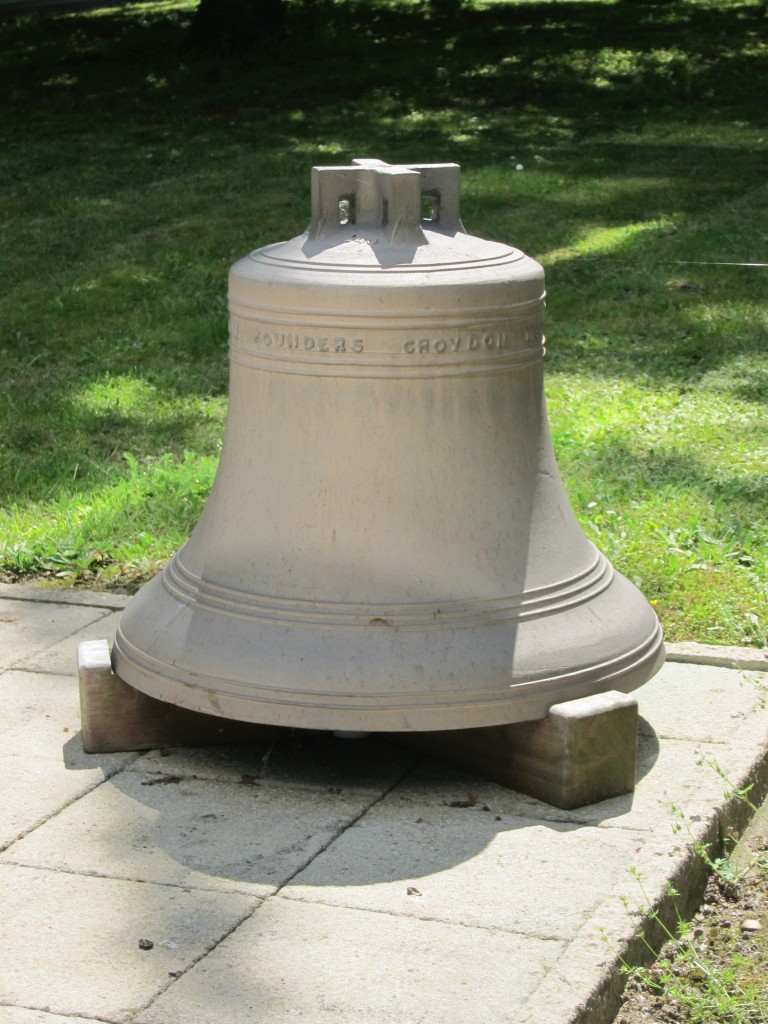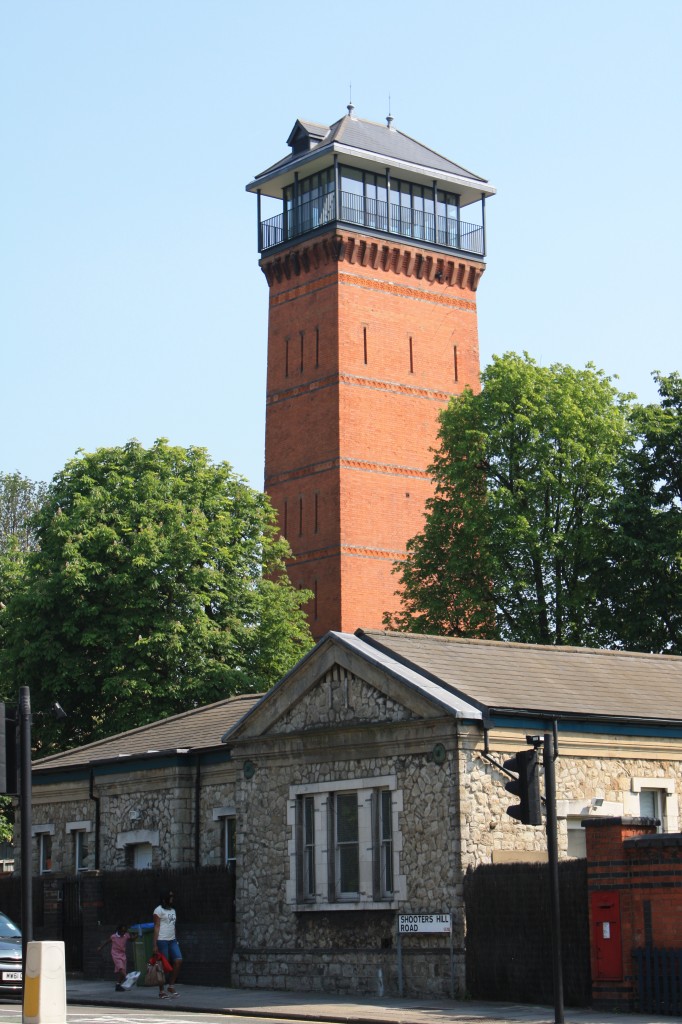
The elixir Gallery run by Verve Arts at the Queen Elizabeth Hospital is one of my regular destinations when I’m near the hospital: I’ve seen some impressive photography exhibitions there. The current one is no exception, a selection of 30 of the photographs submitted to the Green Chain Captured 2012 competition. It runs until 2nd September 2012 and is worth a look.
On my way through the hospital I noticed the restored Fever Bell from the former Brook Hospital in an outside courtyard, which, a notice informed me, was “rung to warn local people of epidemics of fever such as measles, scarlet fever and chicken pox”. Intrigued, I had to find out more … and that led me to a fascinating story about the development of health care through the nineteenth century.
Healthcare before public sanitation, clean water supply, an understanding of disease transmission, antibiotics and the NHS was pretty grim, and exacerbated by poverty and poor nutrition. The nineteenth century was blighted by regular epidemics – influenza, cholera, typhoid, scarlet fever, measles and more – killing tens of thousands of people. Life expectancy for the poor and unemployed was as low as 15, and only 35 for the better-off, with as many as 66% of the children of labourers and servants in northern cities dying before the age of 5. For the old, infirm and poor the Work House was the main source of health care, and their carers were often untrained paupers who were themselves living in the Work House.

Following a campaign by, amongst others, Florence Nightingale, the Metropolitan Asylums Board was set up in 1867 to take over some of the responsibilities of the Work Houses for health care. The MAB established hospitals to look after people with smallpox, fever and insanity, and opened the Brook Hospital on 31st August, 1896 as part of its response to a scarlet fever epidemic in 1892/3. The hospital was built on the pavilion principle promoted by Florence Nightingale, like the nearby Royal Herbert Hospital, and included wards dedicated to scarlet fever, enteric fever (typhoid) and diphtheria as well as isolation wards. I couldn’t find out anything about the fever bell, but as there had been public unhappiness about outbreaks of smallpox near MAB smallpox hospitals, maybe it was felt necessary to warn local people about new epidemics.
At the start of the First World War the Brook was taken over by the military and it became the Brook War Hospital in 1915, with twice as many beds crammed in. During WW1 over 30,000 military personnel were treated at the Brook. In the second world war it became a general hospital, treating both military casualties and civilians. It was bombed a number of times during the blitz, according to David Lloyd Bathe’s “Steeped In History”, the most serious being on the 11th November 1944 when a V2 rocket attack destroyed the top deck of a bus and the nearby ambulance station as well as damaging the hospital. An alsatian rescue dog named Thorn assisted in freeing survivors trapped in the hospital. Thorn was a direct descendant of a little puppy rescued in a WW1 trench called Rin Tin Tin and was awarded the “animals’ VC”, the Dickin Medal, for one of his other rescue missions.
The Brook was taken over by the London County Council in 1930 when the MAB was dissolved and then it became part of the NHS in 1948. It was closed in 1995, when the Queen Elizabeth Hospital opened, and redeveloped as housing. The only buildings remaining from the hospital are the water tower, entrance lodge, administration block and steward’s house. The 130ft high water tower, which could hold 20,000 gallons, has been converted into luxury self-catering accommodation which can sleep up to 10 people. It still seems to be available for the Olympics, though it will cost £7,500 for a week.
